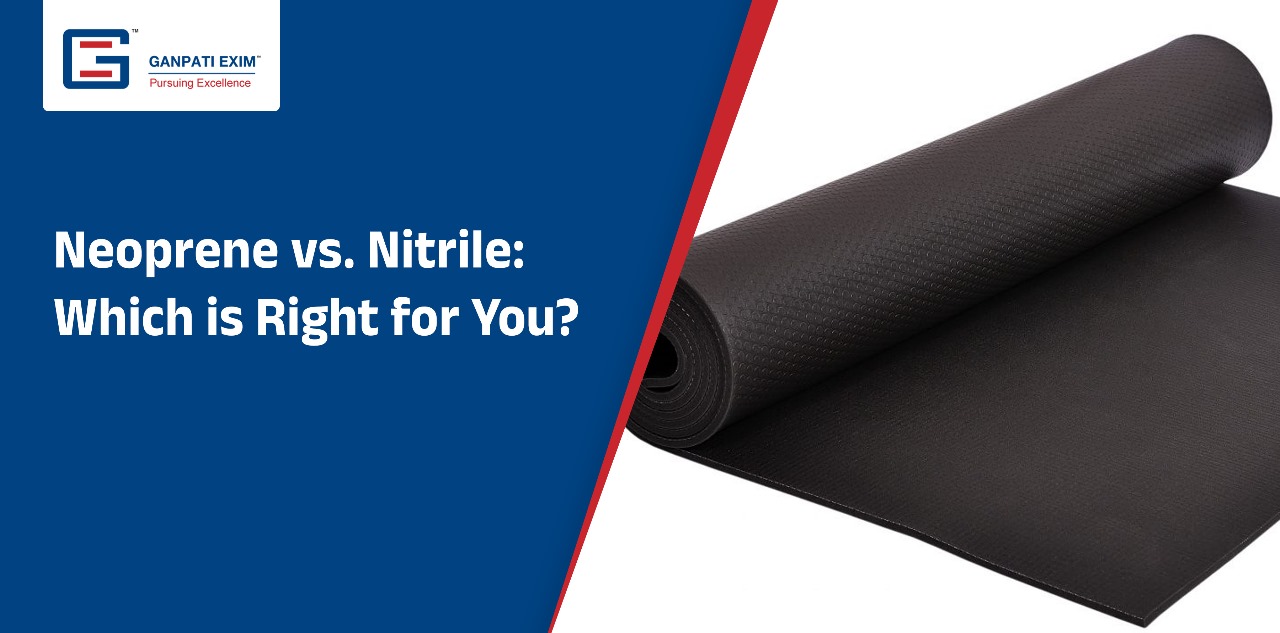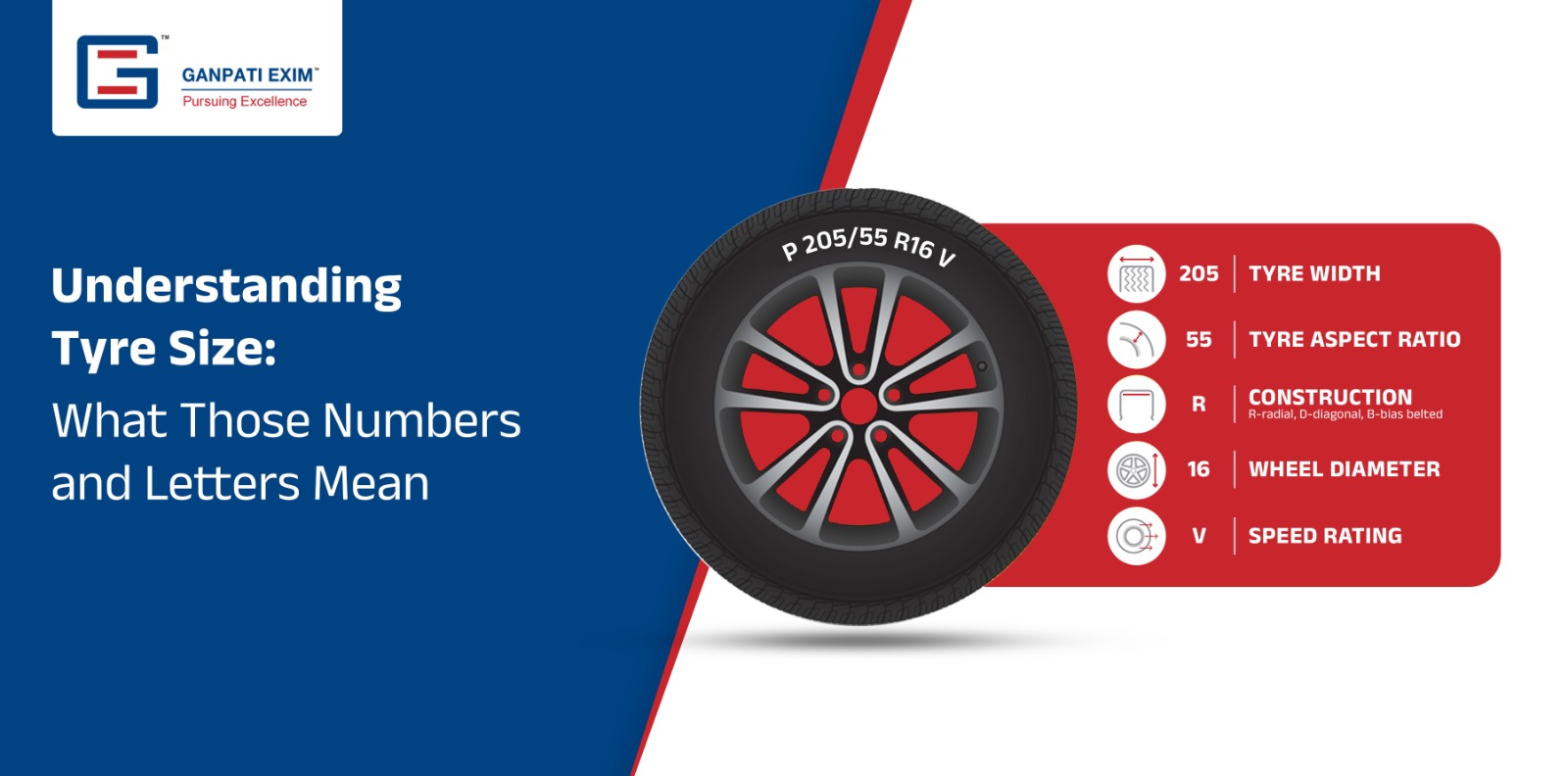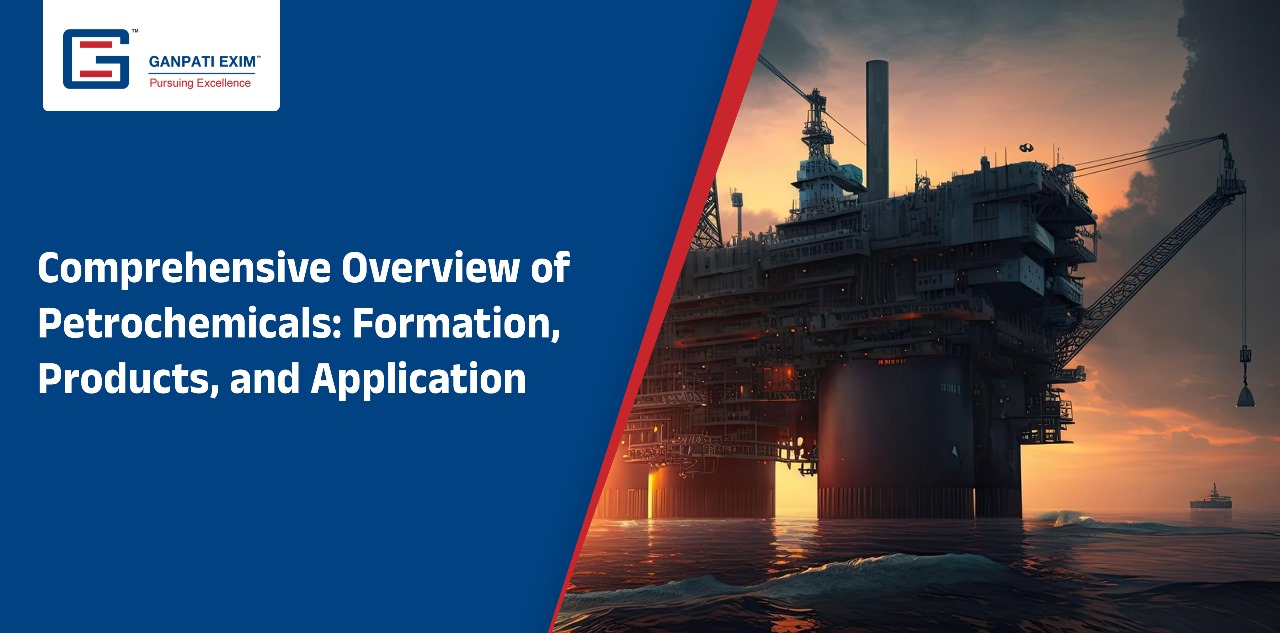
Neoprene vs. Nitrile: Which is Right for You?
When selecting materials for industrial applications, two synthetic rubbers often come to the forefront: neoprene and nitrile. Both materials offer distinct advantages and are commonly used in various industries, from automotive to healthcare. Understanding their unique properties and applications can help you make an informed decision about which material is best suited for your needs.
What is Neoprene?
Neoprene, a synthetic rubber, is renowned for its versatility and resilience. It is commonly known for its excellent resistance to weathering, ozone, and oxidation, making it suitable for both indoor and outdoor applications.
Key Properties of Neoprene:
- Chemical Resistance: Neoprene is resistant to oils, chemicals, and weathering, making it suitable for outdoor and industrial use.
- Temperature Tolerance: It remains flexible and functional in temperatures ranging from -50°C to 120°C.
- Durability: Known for its toughness, neoprene can withstand physical stress and repeated bending without deteriorating.
- Water Resistance: Often used in wetsuits and aquatic gear, neoprene is highly resistant to water and provides good insulation.
What is Nitrile?
Nitrile, also known as nitrile butadiene rubber (NBR), is a synthetic rubber copolymer of acrylonitrile and butadiene. Developed during World War II as a substitute for natural rubber, nitrile has become a staple in the manufacturing industry due to its impressive resistance to oils and other chemicals.
Key Properties of Nitrile:
- Oil and Fuel Resistance: Nitrile’s primary advantage is its superior resistance to oils, fuels, and other chemicals, making it ideal for automotive and industrial applications.
- Tensile Strength: It offers excellent strength and resistance to wear and tear.
- Temperature Tolerance: Nitrile can operate effectively in temperatures between -40°C to 108°C.
- Puncture Resistance: Commonly used in gloves, nitrile provides a high degree of puncture resistance, making it suitable for medical and industrial safety gear.
Comparing Neoprene and Nitrile
1. Chemical Resistance
Neoprene: Resistant to a broad range of chemicals, including acids, alkalis, and solvents.
Nitrile: Especially resistant to petroleum-based oils and fuels, but less effective against certain solvents and chemicals compared to neoprene.
2. Temperature Range
Neoprene: Withstands a wider range of temperatures, making it more suitable for applications involving extreme temperatures.
Nitrile: Has a slightly narrower temperature range but still sufficient for most industrial applications.
3. Flexibility and Durability
Neoprene: More flexible and can handle repeated stress and bending, making it ideal for applications requiring elasticity.
Nitrile: While strong, it is less flexible than neoprene and can become brittle over time when exposed to extreme conditions.
4. Water and Weather Resistance
Neoprene: Excellent water resistance and weathering properties, suitable for outdoor applications.
Nitrile: Less resistant to weathering and water, more prone to degradation when exposed to the elements over time.
Applications of Neoprene and Nitrile
Neoprene:
- Wetsuits and Diving Gear: Due to its water resistance and insulation properties.
- Industrial Hoses and Belts: For its flexibility and durability.
- Protective Gear: Gloves, braces, and other protective equipment.
- Seals and Gaskets: Where resistance to chemicals and weathering is crucial.
Nitrile:
- Automotive Industry: O-rings, seals, and gaskets due to its oil and fuel resistance.
- Medical Gloves: Provides a high level of puncture resistance and protection against chemicals.
- Industrial Applications: Hoses, belts, and other components exposed to oils and chemicals.
- Adhesives and Sealants: For its strong bonding properties and resistance to oils.
Which Material is Right for You?
Choosing between neoprene and nitrile depends on the specific requirements of your application. If your primary concerns are flexibility, weather resistance, and a broad range of chemical resistance, neoprene is the better choice. It excels in environments where durability and elasticity are critical, such as in aquatic gear and industrial hoses.
On the other hand, if you need a material that offers exceptional resistance to oils, fuels, and chemicals, nitrile is the way to go. It is particularly well-suited for automotive, medical, and industrial applications where exposure to petroleum-based substances is common.
Both neoprene and nitrile are exceptional materials with their own set of advantages. By understanding their properties and considering the specific demands of your application, you can select the material that best meets your needs. Whether you prioritize flexibility, chemical resistance, or temperature tolerance, both neoprene and nitrile offer reliable solutions for a wide range of industrial and commercial uses.
Ultimately, the choice between neoprene and nitrile will depend on the unique requirements of your finished products., ensuring that you achieve the best possible performance and durability for your application.
Ganpati Exim, a leading supplier in the tyre and non-tyre industry, offers a comprehensive range of natural and synthetic rubber products.
This extensive selection caters to diverse application needs, enabling customers to enhance their products with high-quality options. By prioritizing quality at every stage, Ganpati Exim continues to uphold its reputation as a trusted supplier, meeting the precise needs of various industries with excellence.

